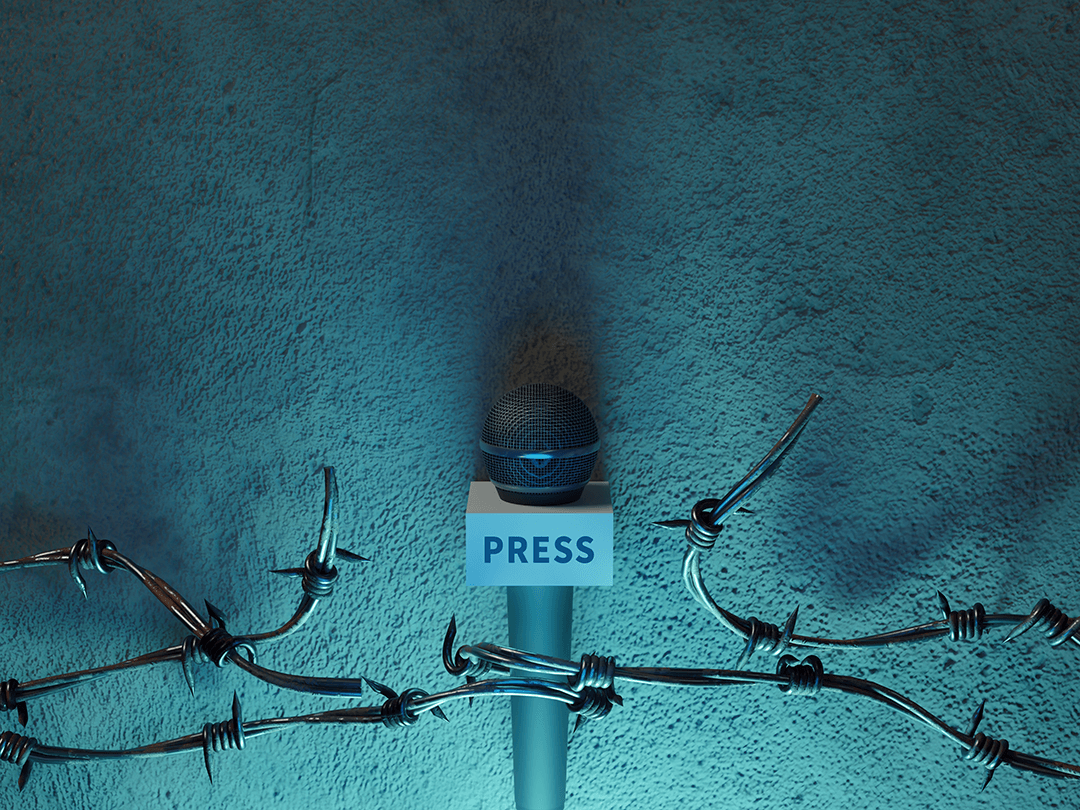The pandemic gave us a new vocabulary to describe everyday life — Zoom, anyone? — and editors at the Associated Press Stylebook have been working to keep up.
AP first published its coronavirus topical guide last March and has since updated it “five or six” times in the past year, AP Stylebook editor Paula Froke said. The current version, published March 10, contains 74 entries, 43 of which are new to the stylebook.
The guide includes medical terms — hydroxychloroquine and multisystem inflammatory syndrome in children — as well as phrases to describe the socially distant lifestyle many have adopted since the pandemic’s start. Pods, as in learning pods or social pods, get their own entry, and AP now recognizes that FaceTime, Skype and Zoom can be used as verbs (but does not recommend such usage).
“The goal is to help writers and editors everywhere have a consistent approach to terminology — consistent and accurate, above all, and clear so that in this often very quickly changing and big complicated news story, editors can have some guideposts for how to lay this out most clearly for the public to understand,” Froke said.
[the_ad id=”667826″]
The entry that has undergone the most revisions is the first one, coronaviruses. One change made in the past year is “the coronavirus” is now acceptable on first reference even though it incorrectly implies there is only one coronavirus. Journalists no longer need to write “new coronavirus” or “novel coronavirus” a year into the pandemic, the stylebook notes.
The most recent update includes a section on vaccines with notes on names (Pfizer, not Pfizer-BioNTech), vaccine approval (use “authorized,” not “approved”) and the term anti-vaxxer (don’t use it).
When deciding what to include in the guide, Froke and other AP staff try to identify what people are talking about and which terms are most commonly misspelled or confused. Once they’ve amassed suggestions from AP staff and the public, members of AP’s health and science team work with editor Stephanie Nano to draft entries. Nano and Froke then fine-tune those entries before sharing them with the six other members of the stylebook team.
“It always takes much longer than I would have expected, which is a credit to a great deal of thought that everyone puts into it,” Froke said. “It is common to have six or seven or eight or nine exchanges back and forth, sometimes looking at the overall approach to a particular entry or a specific word.”
[the_ad id=”667872″]
AP journalists and editors have to keep up with their own daily coronavirus coverage, so just getting everyone together to work on updates to the topic guide can be challenging. The technical nature of the topic also poses its own difficulties.
“The science of it is very complicated, so we need to make a balance between being very accurate and precise scientifically versus laying that out in language that regular people can understand,” Froke said.
Allowing the phrase “the coronavirus” is one example of the balance the AP Stylebook has had to strike. Another is recognizing that though “isolation” and “quarantine” differ in meaning, people generally use them interchangeably.
Between the coronavirus topical guide and updates on race-related issues following the George Floyd killing, AP has been adding and revising stylebook entries at a rapid pace. The pace of updates slowed a bit in recent months but picked back up with the vaccine rollout. Froke has a number of updates she plans to tackle soon, including guidance on general economic, financial and business terms.
“I think it’s safe to say that yes, there’s never been a pace or number of so many updates so quickly, at least since I’ve been around the stylebook,” Froke said.
[the_ad id=”667878″]







